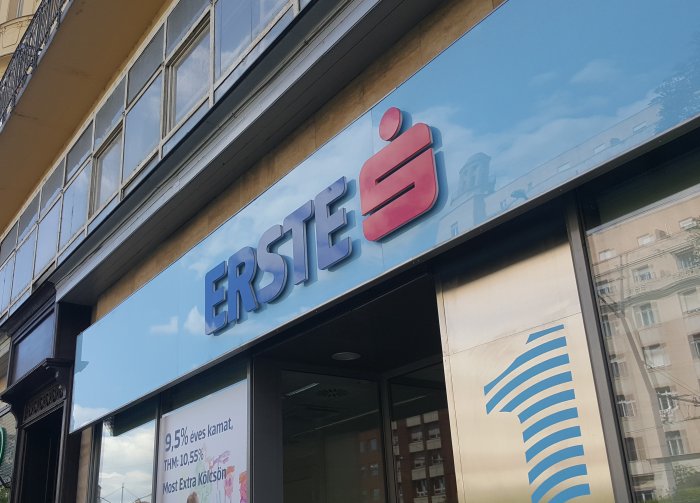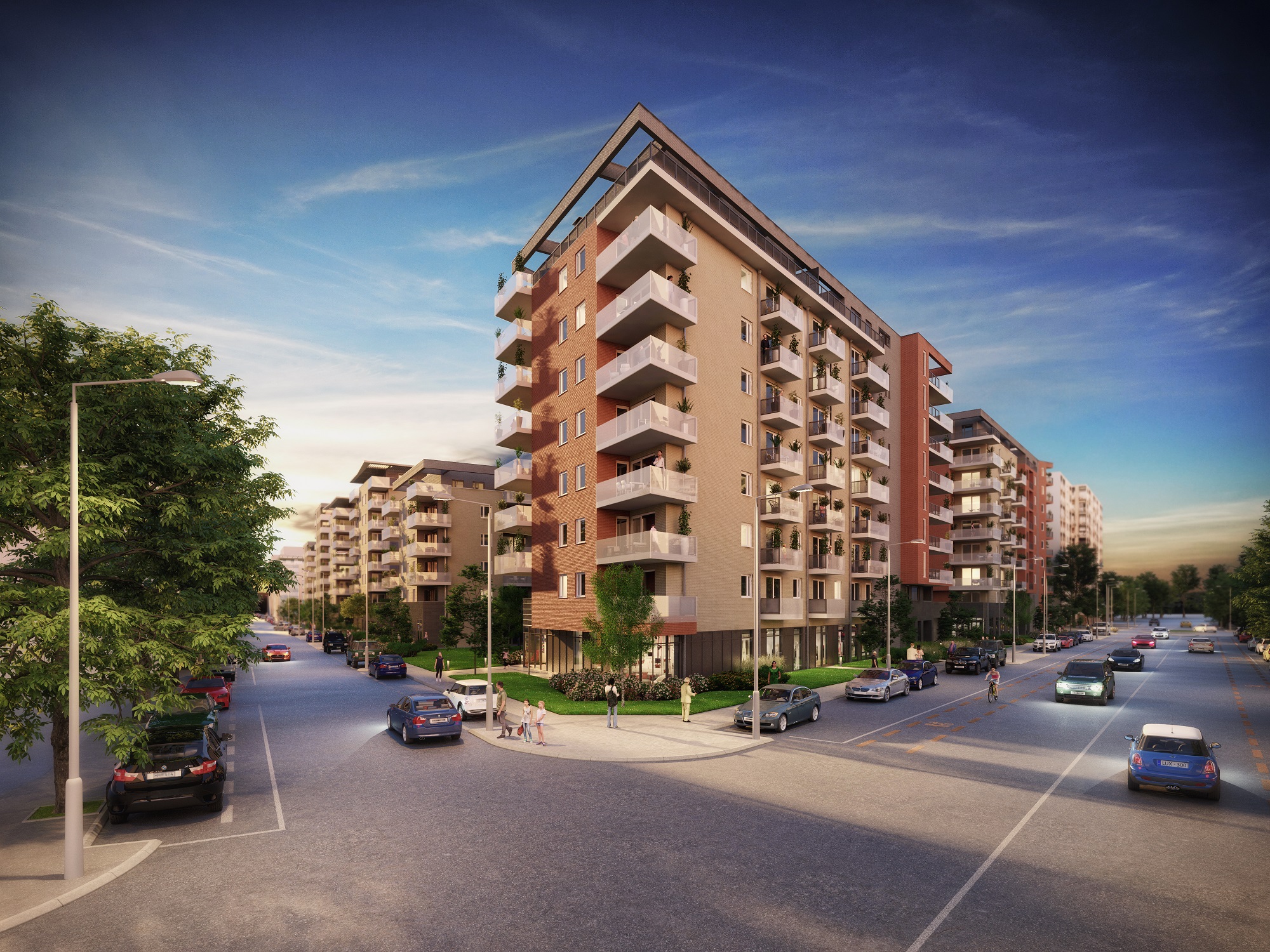Embodied Carbon Gains Ground in the Construction Industry

András Klopfer, sustainability consultant at Denkstatt Hungary.
The real estate segment must prepare for ever stricter regulations as market players will need to keep track of and push down their carbon footprint resulting not only from the operation of the buildings but also production, transportation and build-in of building materials. As a result, only the highest quality will prevail.
The game is on when it comes to reaching Net-Zero, and the pressure is increasing on stakeholders from all walks of life to do their part for the cause. The real estate segment is particularly concerned, not least because the built environment contributes 47% of global greenhouse gas emissions, according to the data of Architecture 2030.
The European Commission’s “Fit for 55” target, which aims to cut emissions by at least 55% compared to 1990 levels by 2030, was just the start. The EU’s Energy Efficiency Directive and the Renewable Energy Directive have raised the bar, introducing new standards for energy performance to decarbonize the building sector.
The office development sector should have fewer problems adapting to this elevated level of legal rigor, given that the market already puts pressure on building owners, András Klopfer, sustainability consultant of Denkstatt Hungary, tells the Budapest Business Journal. The residential sector, in turn, may need substantial subsidies to comply with the new regulations.
One of the most pressing issues in this regard is so-called embodied carbon, i.e., the emissions related to the manufacturing and transportation of building materials as well as the construction of buildings. With operational energy efficiency on the continuous rise, embodied carbon is expected to account for nearly 50% of the total carbon footprint of newly built real estate between 2020 and 2050. Hence, regulators have been long overdue to respond to this threat.
Neglected Area
“Indeed, embodied carbon has been neglected on the regulatory front. Whole-life cycle carbon calculations are just getting off the ground here, but in some countries, they are already part of the building process,” Klopfer points out. In Sweden, for instance, building permits are dependent on them. What is more, by 2027, the legal amount of embodied carbon will also be capped by the Swedes.
On the other hand, this is not only novel but also complex territory, meaning no accurate local benchmarks exist as yet.
“Big pressure will be put on building material manufacturers as they are going to need to provide product-specific information for contractors, and they are going to require lots of data for that,” the expert explains.
This is where the Environmental Product Declaration (EPD), based on the life-cycle assessment (LCA) of building materials, comes into the picture. Such a document will be essential. Without it, building material manufacturers won’t be able to file proposals for procurement procedures in the EU. In France, it already has wide-ranging implications.
“There, the whole-life cycle carbon figures must be part of the design process, and ever since the introduction of this rule, the number of EPDs has skyrocketed,” Klopfer notes. “We are going to see this trend all over Europe.”
EPD Specialists
Stakeholders might wonder what they need to watch out for when considering getting an EPD and how long the process takes. As the expert explains, it takes around five-to-six months to obtain it, although project-specific LCAs can be done by the manufacturers themselves. In addition, consultants can also manage the project. In fact, the market already recognizes certified EPD specialists. It is essential to have an updated version of the document; project-specific data on the production is needed, and the calculations must comply with the standards.
In Hungary, buildings can be notoriously outdated in terms of energy efficiency; less than 10% of the building stock can be deemed as “at least somewhat modern” (close-to-modern, modern, or better) according to an analysis by MBH Jelzálogbank, part of MBH Takarékbank (MBH Mortgage Bank) in its housing price index, using data from Q3 2022.
The classification scheme that assesses buildings and homes by their energetics quality and C02 emissions is to change this year. From 2024 on, only Nearly Zero Energy Buildings will get a use permit. The implementation will be a massive step forward since the restriction date has been pushed back several times.
“Revising the rules on building energetics couldn’t have come at a better time, as the requirements were already quite outdated,” Klopfer agrees. He is not worried, though, that the stringent regulations will make buildings unaffordable.
With COVID ushering people to the home office in droves, however, it begs the question of how much demand there will be for offices. Klopfer believes there will still be a need, albeit with restrictions.
“Only the best buildings will be needed, and yes, some projects will need reconsideration or should be stopped before construction even starts,” he concludes. That’s definitely encouraging from the environmental perspective.
This article was first published in the Budapest Business Journal print issue of September 8, 2023.
SUPPORT THE BUDAPEST BUSINESS JOURNAL
Producing journalism that is worthy of the name is a costly business. For 27 years, the publishers, editors and reporters of the Budapest Business Journal have striven to bring you business news that works, information that you can trust, that is factual, accurate and presented without fear or favor.
Newspaper organizations across the globe have struggled to find a business model that allows them to continue to excel, without compromising their ability to perform. Most recently, some have experimented with the idea of involving their most important stakeholders, their readers.
We would like to offer that same opportunity to our readers. We would like to invite you to help us deliver the quality business journalism you require. Hit our Support the BBJ button and you can choose the how much and how often you send us your contributions.










